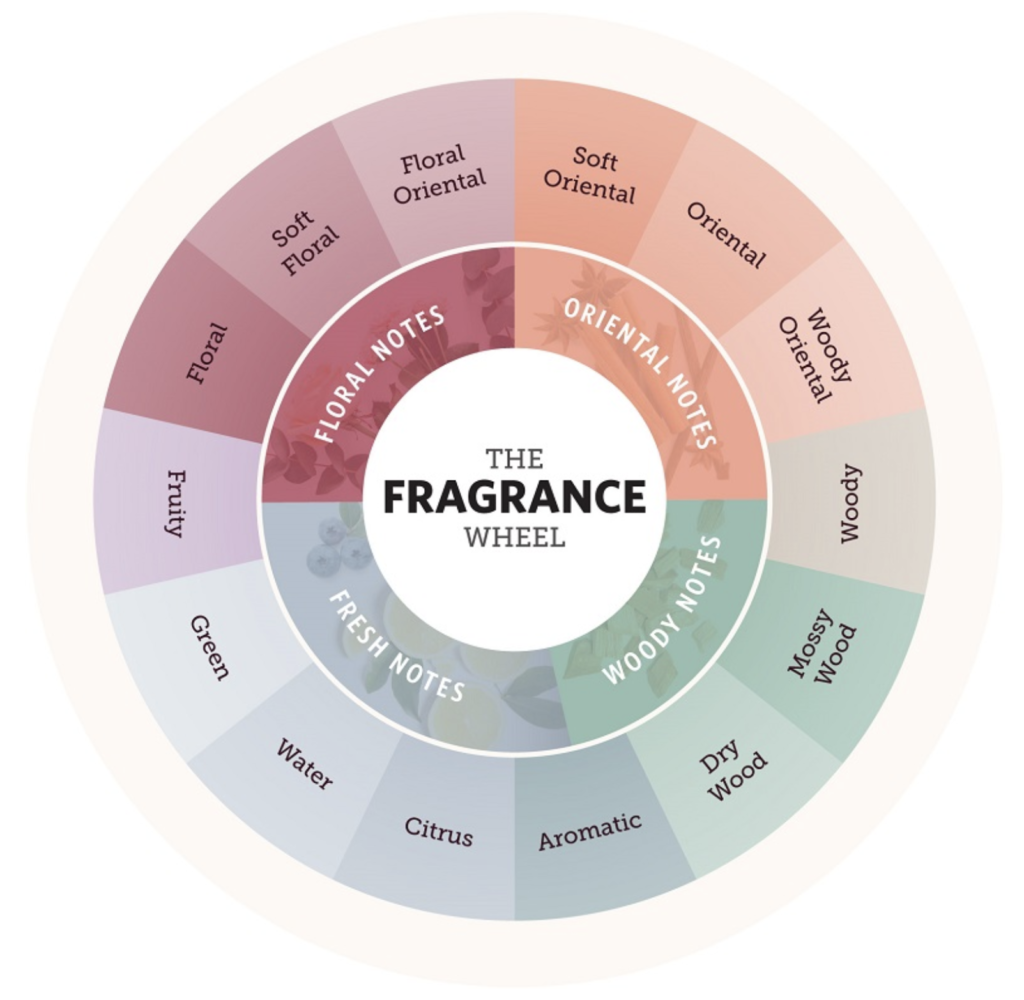
The Ultimate Guide to Fragrance Families: Finding Your Signature Scent
Variety.
Fragrances are made of a series of notes to create the wonderful scent that you enjoy.
In simple terms, fragrances can be broken down into four families; among these, they can be broken down into multiple subcategories and then into specific notes.
This article will give you a strong base on everything fragrance families.
Table of Contents
Fragrance Families
Fragrance families are broad categories that help us understand the characteristics of different fragrances.
There are four main fragrance families: floral, oriental, woody, and fresh. Each family has a distinct set of characteristics that can be used to categorize fragrances.
Floral
Floral fragrances are the most popular and common fragrance family.

Subcategories
- White Floral
- Fruity Floral
- Green Floral
Most Common Notes
- Rose
- Jasmine
- Violet
- Iris
- Ylang-ylang
Fragrances
Oriental
Oriental fragrances are warm and spicy, with a hint of sweetness. These fragrances are typically exotic, sensual, and mysterious.

Subcategories
- Spicy Oriental
- Woody Oriental
- Floral Oriental
Most Common Notes
- Vanilla
- Musk
- Amber
- Nutmeg
- Tonka Bean
Fragrances
Woody
Woody fragrances are earthy and masculine. These fragrances are typically warm, rich, and long-lasting.

Subcategories
- Dry Woods
- Aromatic Woods
- Mossy Woods
Most Common Notes
- Sandalwood
- Patchouli
- Cedarwood
- Oud
Fragrances
Fresh
Fresh fragrances are composed of notes such as citrus, herbs, and aquatic notes. These fragrances are typically light, refreshing, and clean.

Subcategories
- Green
- Citrus
- Aquatic
Most Common Notes
- Bergamot
- Lemon
- Marine
Fragrances

Fragrance Notes
Fragrance notes are the individual scents that make up a fragrance.
There are three main types of fragrance notes: top notes, middle notes, and base notes. Each note has a specific function and contributes to the overall scent of the fragrance.
Top Notes
Top notes are the first scents that are perceived when a fragrance is applied. They are composed of light, volatile molecules that evaporate quickly.
Top notes typically last for a few minutes and are composed of fresh, citrus, or fruity scents. Examples of top notes include bergamot, lemon, and grapefruit.
Middle Notes
Middle notes are the heart of the fragrance, also known as the “heart notes.” They are composed of stronger, more long-lasting scents that emerge after the top notes have evaporated.
Middle notes typically last several hours and are composed of floral, spicy, or fruity scents. Examples of middle notes include rose, jasmine, and cinnamon.
Base Notes
Base notes are the final scents that are perceived in a fragrance. They are composed of the heaviest, most long-lasting scents and provide depth and richness to the fragrance.
Base notes typically last several hours or even days and are composed of woody, musky, or earthy scents. Examples of base notes include sandalwood, vanilla, and patchouli.
Fragrance Notes
Fragrance Families
Final Words
Finding your signature scent is difficult but can be completed if you attack the problem methodically. First, I recommend trying a fragrance from each family, then breaking it down into subcategories and eventually notes.
This is not the tried and true way, but the best way to attack the problem. If you want fragrances sorted by specific notes, fragrantica.com has an excellent search engine.
What’s your favorite fragrance family?
